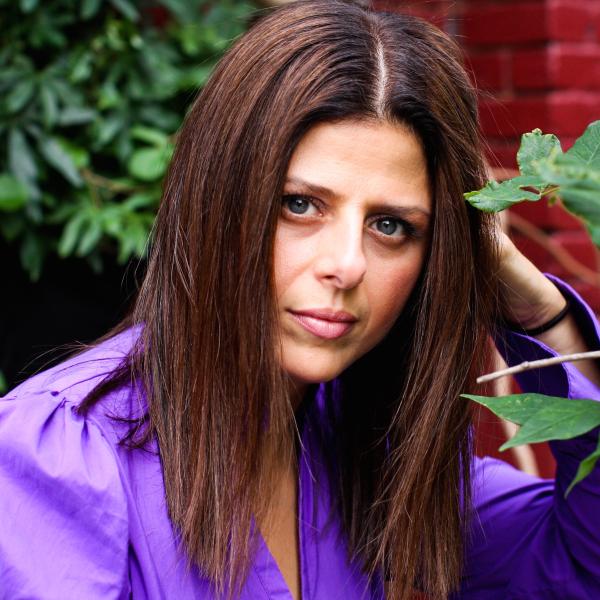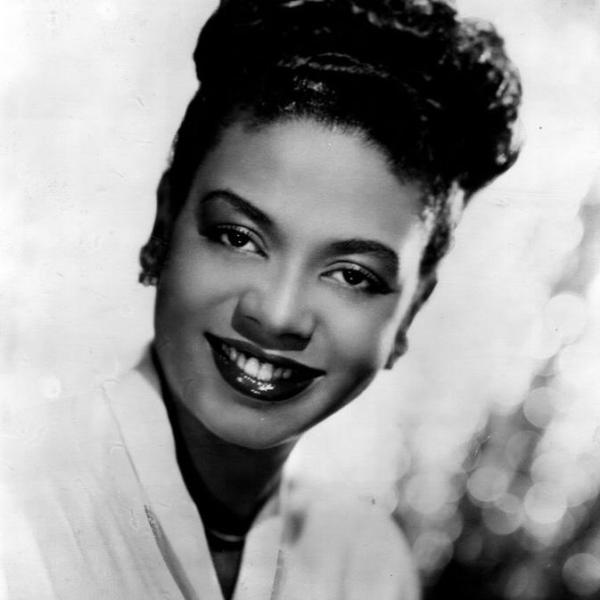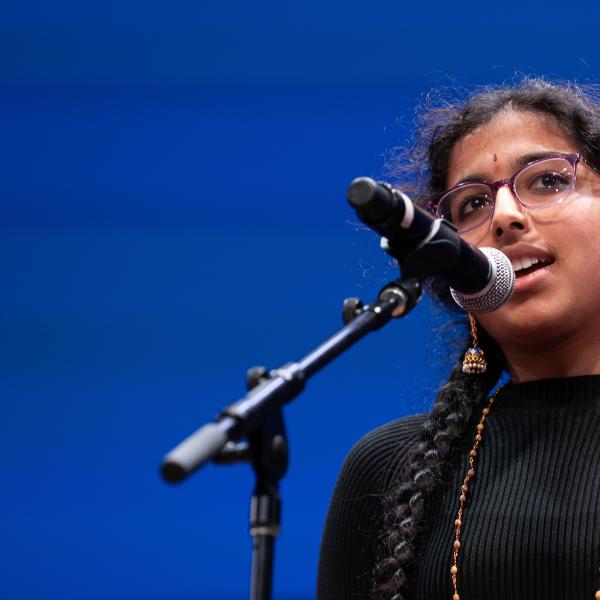Spotlight on Hope Center for the Arts

In 1979, music teacher Doris Walker was conducting class when one of her students—blind, autistic, and normally shy—told her offhandedly the key of a certain song. Surprised, she pushed further, and discovered a talent for singing. If music could reach an unreachable student, who else might it inspire? That experience soon gave birth to the Hi Hopes band, all of whose member had developmental disabilities. The band, which still performs, is today just one program of Hope Center for the Arts, formerly known as Hope University.
Based in Anaheim, California, Hope Center provides a full range of visual and performing arts programs for people with developmental disabilities, as well as courses in academic and living skills, from reading and math to nutrition and yoga. In our recent round of funding, the organization received an NEA grant for an upcoming mentorship program between Hope Center artists and professional artists, which will culminate in an exhibition at a local gallery. We recently spoke with Hope Center for the Arts’ exhibitions coordinator, Lisa Lo Russo, about the grant, and why she believes that the arts are transformative.
NEA: Why do you think art can be such a powerful tool for those with developmental disabilities?
LISA LO RUSSO: It's another platform for them to communicate with. We have a lot of individuals that are either non-verbal or they have limited verbal ability. For all of [our artists], it gives them another way to express themselves. For some, it helps them process things that they're going through, and for some, it's purely therapeutic. It's dealing with color and moving the hands, developing those fine and gross motor skills. It provides various platforms, regardless of ability level.
NEA: The Challenge America grant you received will be for a mentorship program. How do you think Hope Center for the Arts artists and the professional artists they’ll be working with will benefit from this initiative?
LO RUSSO: The arts are transformative. Regardless of who you are, we're all artists at heart because we're creative beings. The hope with this mentorship grant is that it goes both ways equally, that there are things that our artists can give to the professional artists that can open up their work. Our artists don't censor themselves. They don't have that filter, so it's kind of that pure wonder and creativity. Whereas when you're bogged down in your managing your career as an artist, sometimes you find yourself pigeonholed into certain styles or making work in a certain way. So this will hopefully open up the lines of creativity between both.
I think for our artists, it's a self-esteem booster. It gives them an opportunity to work on their professional skills, and to be introduced to other ways of working so they can expand their repertoire, whether it's materials or technique, and also how they talk about their art. The artists that we've chosen are already clearly artists. They just need a platform that they can share their art.
They each have something to offer each other. There are a lot of possibilities. Maybe it's just about developing relationships, or maybe there's a whole new body of work that's developed in the process, that is a true collaboration and a reflection of the conversation that's happening through the work between the two artists in the studio. I think it's going to change the way that people see people with disabilities, because not all artists are interested in the minds of someone with a disability. But now one in six children are diagnosed with some sort of developmental disability, so it touches all of us. There are things they have to offer that are extraordinary, if only we have the eyes to see it.
NEA: You mentioned that you believe everybody has an inner artist. How does Hope Center for the Arts tap into that, particularly with an individual who might be non-verbal?
LO RUSSO: It's individual-based. We don't have a curriculum that we're pushing; it's a very intuitive process. All of our teaching staff have their master’s degree and are working professionals. So the challenge for them is funneling all of that knowledge they have through an intuitive filter, where it's about developing a relationship and a connection, and nurturing and cultivating that innate creativity in that individual. It might just be observing for a while. With some people, there's an immediate style, or they have an immediate affinity with a certain material. With others it takes time. Through the process, some of our artists who are non-verbal can become quite verbal—it takes several years—and also develop social skills as a result.
NEA: Is there any single story of transformation that stands out for you?
LO RUSSO: One in particular is a student that I've worked with a lot. Her social skills and verbal ability are excellent, and she has a real thirst for making art. But her technical abilities were impaired. She had the awareness that when she drew something, it didn't look how it should or how she wanted it to. This is a perfect example of how it transformed both of us in the process. She wanted to draw things realistically, and we tried. Everything we were trying, those conventional ways of teaching, were not taking. She was getting frustrated, but she was really tenacious about art. She said, “Okay, then if I can't do that, then I want to do every sort of medium possible.”
Through that process, we found a backdoor into how to develop her as an artist. Because she was clearly an artist. I'd watch her, and it was like watching a professional artist in their studio. Her fingers were a mess, she had paint in her hair, papers everywhere—she was really experimental. I realized she was a mixed-media artist, and it was purely about process. I sort of steered her away from trying to draw realistically, and helped cultivate her innate artistry, which was tactile, process-oriented, and all about material. So she was doing mosaics, but then using paint as a way to glue the tiles down. She was incorporating all sorts of papers and ephemeral things as well. Her artwork has sold, and I think her artwork is really fresh and contemporary. She feels validated as an artist, regardless of her limitations developmentally. We have found a way to funnel that creativity to a successful end in the artwork that she produces. It was frustrating for both of us, but that's where it changed me because it made me a better teacher.
NEA: What do you hope audiences will get out of attending a Hope Center for the Arts exhibit or performance?
LO RUSSO: Our hope is that they see the work first, and not the disability. Then once they start to read the stories, they'll be even more amazed by the work they're looking at. I hope that it will change people's perceptions of people with disabilities, their output, what they're capable of, and what they can produce.
NEA: This is a fill-in-the-blank. We need art because…?
LO RUSSO: Because it helps us deal with everyday life. It helps us see everyday life in new and transformative ways.




